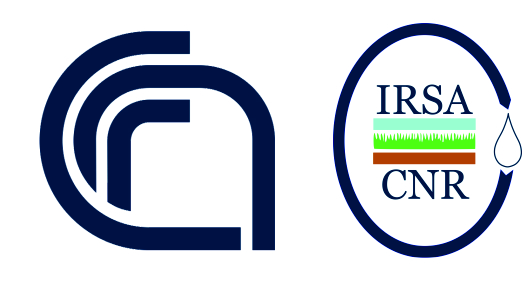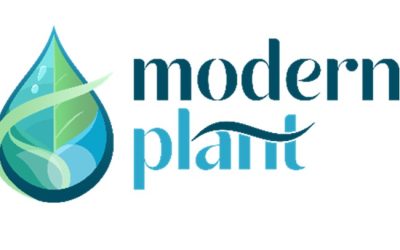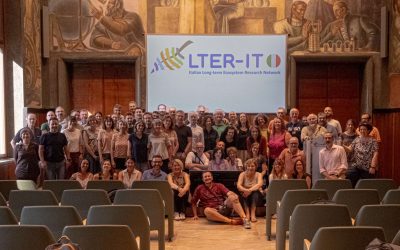E’ stato pubblicato il video del seminario tenuto da David Brankovits, visiting post-doc presso la sede IRSA di Verbania, sul tema: “Hydrologic controls of carbon cycling and methane turnover in tropical coastal karst aquifers”.
Il seminario, in lingua inglese, è accessibile sul canale IRSA della piattaforma Tube@CNR, nella sezione Seminari.
Di seguito, un abstract del seminario:
Subterranean estuaries, the regions of coastal aquifers where seawater and coastal groundwater interact, support biogeochemical processes that influence ecosystem functioning and material exchange between the land and oceans. Karst subterranean estuaries are found worldwide in karstic (eroded carbonate) platforms, accounting for at least 15.7% of all coastlines, but their influence on groundwater-derived trace element concentrations in the oceans is likely to be far greater. In these settings, biogeochemical processes are closely linked to hydrologic factors that are influenced by seasonal rainfall and density-stratification (sharp gradients between fresh, brackish, and saline waters). Future climate scenarios predict an increase in the frequency and intensity of extreme weather events (e.g., tropical storms and hurricanes) that will impact carbonate islands and coastlines in the tropical western North Atlantic, but the impact of these stochastic weather events on groundwater resources and carbon cycling linked to coastal karst landscapes is poorly understood.
To study the hydrological and biogeochemical controls of organic matter transformation and methane turnover in karst subterranean estuaries, sampling tools were developed for deployment in flooded cave conduits in the northeastern coast of the Yucatan Peninsula, Mexico. High-resolution (cm-scale) vertical profiles from the water column revealed a hot spot for methane oxidation in the coastal groundwater during hydrologically stable conditions. In addition, concurrent chemical and hydrologic records were obtained at a 2- to 3-day resolution that encompass wet and dry seasons and include effects from Tropical Storm Hanna during October 2014. Intense rainfall coincided with an episodic increase in water level and sudden shifts in salinity, indicating a spatially widespread hydrologic response. The most profound effect of the storm was a ~0.8 mg/l pulse of dissolved oxygen that declined to zero within 2 weeks and corresponded with a reduction of methane that did not recover during the remaining sampling period, suggesting tropical storms have long-lasting (months) effects on the carbon cycle within stratified coastal aquifers.


